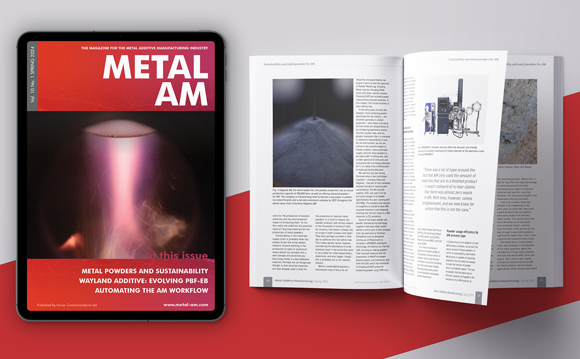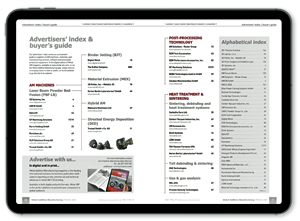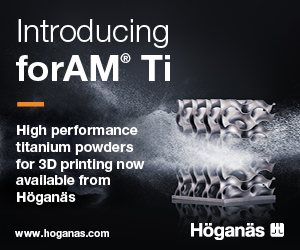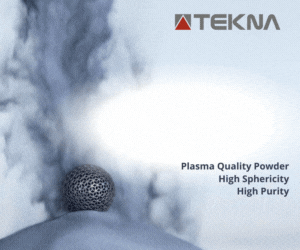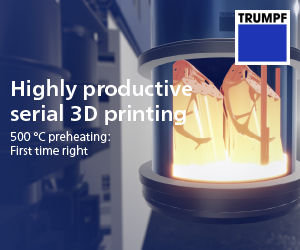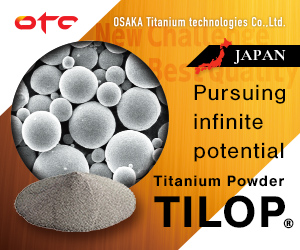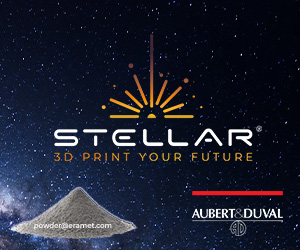NERA, SPEE3D, Charles Darwin University collaborate on AM for remote operating environments
August 13, 2018
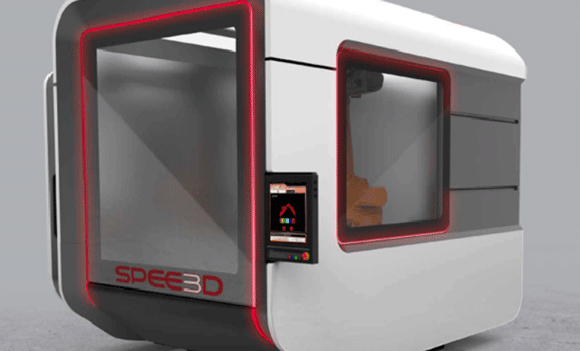
The project aims to develop a commercially available SPEE3D AM machine that can be cost-effectively installed onsite at remote operating locations (Courtesy NERA)
National Energy Resources Australia (NERA) is collaborating with metal Additive Manufacturing technology developer SPEE3D, Charles Darwin University and an unnamed oil & gas operator to support the development of a new high-speed, low-cost metal AM technology specifically for the oil and gas industry.
The project is based around SPEE3D’s proprietary supersonic 3D deposition (SP3D) technology, which can reportedly build components at around 1000 times the speed of conventional metal Additive Manufacturing and at a reduced cost. According to NERA, this has the potential to transform industrial activities in remote areas by allowing the production of metal parts on-site and thereby eliminating costly periods of downtime involved with sourcing materials from far afield. Such delays can cost companies in excess of AUD $10 million.
Under the collaboration, SPEE3D will provide technology while Charles Darwin University provides testing facilities for its application, with the aim of developing a commercially available Additive Manufacturing machine that can be cost-effectively installed on site at remote locations. Example parts which could be produced on the machine in such a setting are pipe fittings and flanges, brackets, guards, adapters, couplings, housings and impellers, etc.
The total cost of the project is reported at AUD $946,000, with AUD $437,000 invested by NERA and AUD $509,000 from the industry. Once finalised and validated, the machine will be available globally for use at remote industrial sites.



